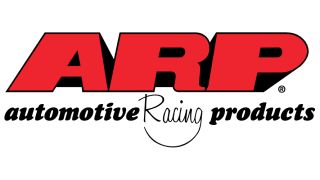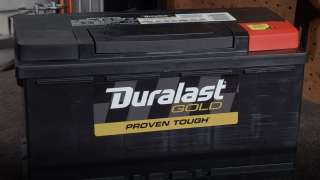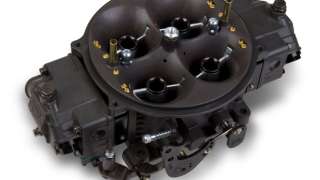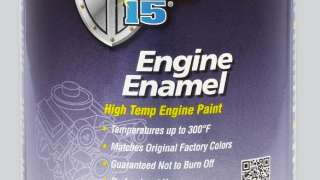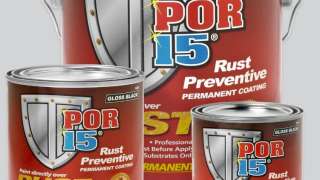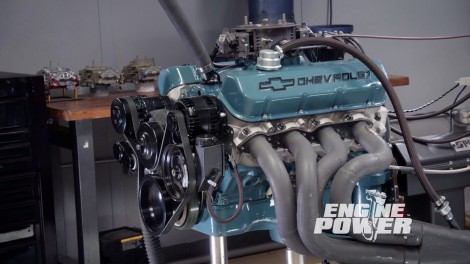
496ci Stroker Big Block Chevy
We put some custom touches on our 496ci Stroker Big Block Chevy and get it ready for the street rod life!
Season 10
Episode 15
Hosts: Pat Topolinski, Frankie Forman
First Air Date: October 30, 2023
Duration: 21 minutes 27 seconds




























